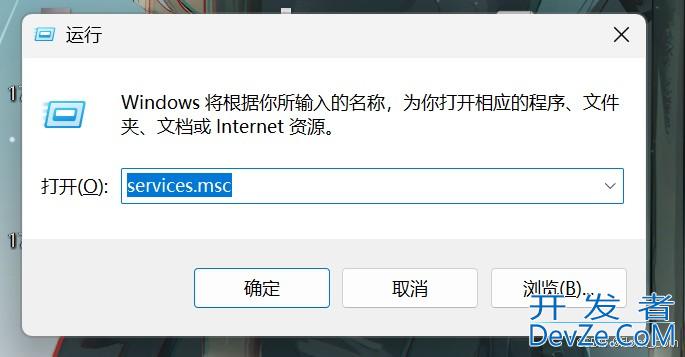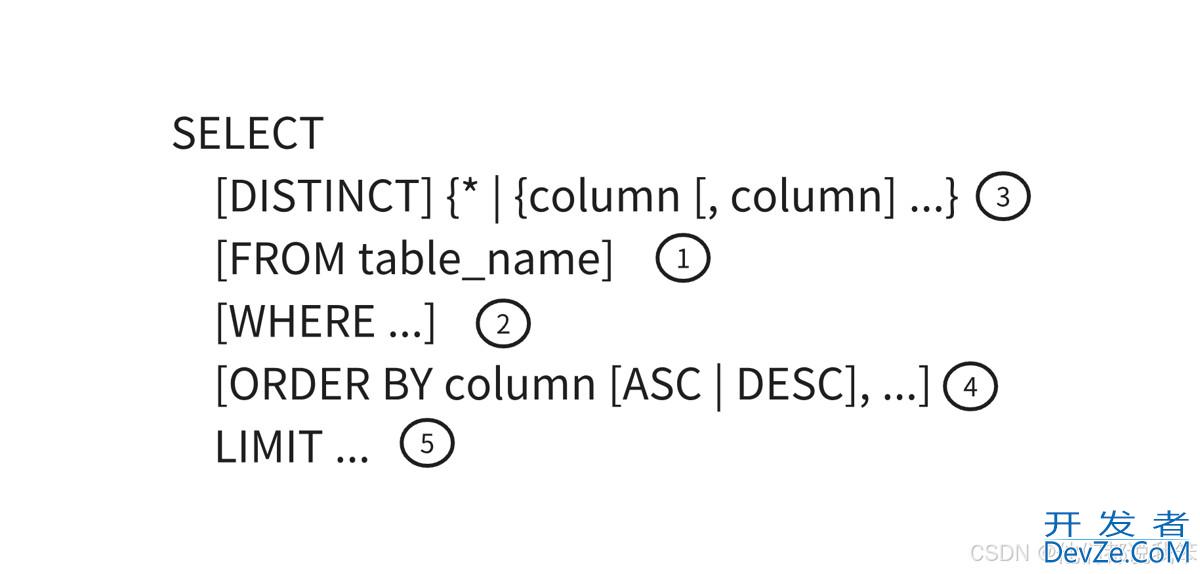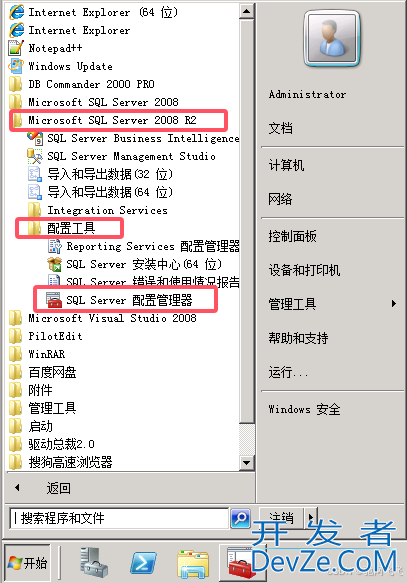目录
- 一、简单操作SQLite数据库
- 1、简单的插入语句的使用
- 2、简单的查询语句的使用
- 二、更新数据与删除
- 三、实现用户名密码验证
- 四、SQLite检索时间记录
- 五、SQLite提取数据并绘图

前言:
SQLite属于轻型数据库,遵守ACID的关系型数据库管理系统,它包含在一个相对小的C库中。在很多嵌入式产品中使用了它,它占用资源非常的低,python 中默认继承了操作此款数据库的引擎 sqlite3 说是引擎不如说就是数据库的封装版,开发自用小程序的使用使用它真的大赞
一、简单操作SQLite数据库
简单操作SQLite数据库:创建 sqlite数据库是一个轻量级的数据库服务器,该模块默认集成在python中,开发小应用很不错.
import sqlite3
# 数据表的创建
conn = sqlite3.connect("data.db")
cursor = conn.cursor()
create = "create table persion(" \
"id int auto_increment primary key," \
"name char(20) not null," \
"age int not null," \
"msg text default null" \
")"
cursor.execute(create) # 执行创建表操作
1、简单的插入语句的使用
insert = "insert into persion(id,name,age,msg) values(1,'lyshark',1,'hello lyshark');" cursor.execute(insert) insert = "insert into kuJOwpersion(id,name,age,msg) values(2,'guest',2,'hello guest');" cursor.execute(insert) insert = "insert into persion(id,name,age,msg) values(3,'admin',3,'hello admin');" cursor.execute(insert) insert = "insert into persion(id,name,age,msg) values(4,'wang',4,'hello wang');" cursor.execute(insert) insert = "insert into persion(id,name,age,msg) values(5,'sqlite',5,'hello sql');" cursor.execute(insert) data = [(6, '王舞',8, 'python'), (7, '曲奇',8,'python'http://www.devze.com), (9, 'C语言',9,'python')] insert = "insert into persion(id,name,age,msg) values(?,?,?,?);" cursor.executemany(insert,data)
2、简单的查询语句的使用
select = "select * from persion;"
cursor.execute(select)
#print(cursor.fetchall()) # 取出所有的数据
select = "select * from persion where name='lyshark';"
cursor.execute(select)
print(cursor.fetchall()) # 取出所有的数据
select = "select * from persion where id >=1 and id <=2;"
list = cursor.execute(select)
for i in list.fetchall():
print("字段1:", i[0])
print("字段2:", i[1])
二、更新数据与删除
update = "update persion set name='苍老师' where id=1;" cursor.execute(update) update = "update persion set name='苍老师' where id>=1 and id<=3;" cursor.execute(update) delete = "delete from persion where id=3;" cursor.execute(delete) select = "select * from persion;" cursor.execute(select) print(cursor.fetchall()) # 取出所有的数据 conn.commit() # 事务提交,每执行一次数据库更改的操作,就执行提交 cursor.close() cwww.devze.comonn.close()
三、实现用户名密码验证
当用户输入错误密码后,自动锁定该用户1分钟.
import sqlite3
import re,time
conn = sqlite3.connect("data.db")
cursor = conn.cursor()
"""create = "create table login(" \
"username text not null," \
"password text not null," \
"time int default 0" \
")"
cursor.execute(create)
cursor.execute("insert into login(username,password) values('admin','123123');")
cursor.execute("insert into login(username,password) values('guest','123123');")
cursor.execute("insert into login(username,password) values('lyshark','1231');")
conn.commit()"""
while True:
username = input("username:") # 这个地方应该严谨验证,尽量不要让用户拼接SQL语句
password = input("passwor:") # 此处为了方便不做任何验证(注意:永远不要相信用户的输入)
sql = "select * from login where username='{}'".format(username)
ret = cursor.execute(sql).fetchall()
if len(ret) != 0:
now_time = int(time.time())
if ret[0][3] <= now_time:
print("当前用户{}没有被限制,允许登录...".format(username))
if ret[0][0] == username:
if ret[0][1] == password:
print("用户 {} 登录成功...".format(username))
else:
print("用户 {} 密码输入有误..".format(username))
times = int(time.time()) + 60
cursor.execute("update login set time={} where username='{}'".format(times,username))
conn.commit()
else:
print("用户名正确,但是密码错误了...")
else:
print("账户 {} 还在限制登陆阶段,请等待1分钟...".format(username))
else:
print("编程客栈用户名输入错误")
四、SQLite检索时间记录
通过编写的TimeIndex函数检索一个指定范围时间戳中的数据.
import os,time,datetime
import sqlite3
"""
conn = sqlite3.connect("data.db")
cursor = conn.cursor()
create =开发者_mariadb "create table lyshark(" \
"time int primary key," \
"cpu int not null" \
")"
cursor.execute(create)
# 批量生成一堆数据,用于后期的测试.
for i in range(1,500):
times = int(time.time())
insert = "insert into lyshark(time,cpu) values({},{})".format(times,i)
cursor.execute(insert)
conn.commit()
time.sleep(1)"""
# db = data.db 传入数据库名称
# table = 指定表lyshark名称
# start = 2019-12-12 14:28:00
# ends = 2019-12-12 14:29:20
def TimeIndex(db,table,start,ends):
start_time = int(time.mktime(time.strptime(start,"%Y-%m-%d %H:%M:%S")))
end_time = int(time.mktime(time.strptime(ends,"%Y-%m-%d %H:%M:%S")))
conn = sqlite3.connect(db)
cursor = conn.cursor()
select = "select * from {} where time >= {} and time <= {}".format(table,start_time,end_time)
return cursor.execute(select).fetchall()
if __name__ == "__main__":
temp = TimeIndex("data.db","lyshark","2019-12-12 14:28:00","2019-12-12 14:29:00")
print(temp)
五、SQLite提取数据并绘图
通过使用matplotlib这个库函数,并提取出指定时间的数据记录,然后直接绘制曲线图.
import os,time,datetime
import sqlite3
import numpy as np
from matplotlib import pyplot as plt
def TimeIndex(db,table,start,ends):
start_time = int(time.mktime(time.strptime(start,"%Y-%m-%d %H:%M:%S")))
end_time = int(time.mktime(time.strptime(ends,"%Y-%m-%d %H:%M:%S")))
conn = sqlite3.connect(db)
cursor = conn.cursor()
select = "select * from {} where time >= {} and time <= {}".format(table,start_time,end_time)
return cursor.execute(select).fetchall()
def Display():
temp = TimeIndex("data.www.devze.comdb","lyshark","2019-12-12 14:28:00","2019-12-12 14:29:00")
list = []
for i in range(0,len(temp)):
list.append(temp[i][1])
plt.title("CPU Count")
plt.plot(list, list)
plt.show()
if __name__ == "__main__":
Display()
到此这篇关于Python 操作SQLite数据库详情的文章就介绍到这了,更多相关Python 操作SQLite数据库内容请搜索我们以前的文章或继续浏览下面的相关文章希望大家以后多多支持我们!








 加载中,请稍侯......
加载中,请稍侯......
精彩评论